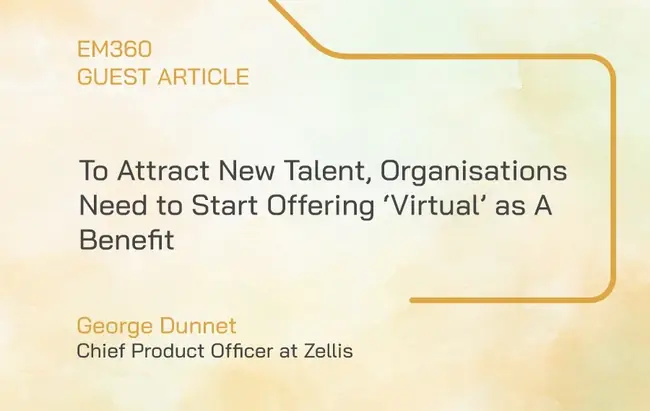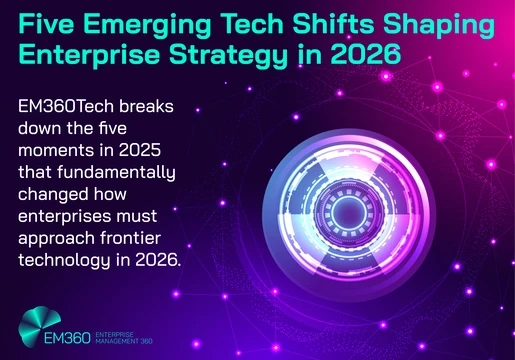As our economy re-opens post-lockdown, employers are already discovering the need to compete hard in the emerging war for new employees. How businesses compete in this war for talent has to change in the new world of hybrid and home working. Salary remains the most obvious way to compete but, when we worked exclusively in offices, employers also tried to stand out from competitors by offering potential employees an attractive office environment with a modern décor, comfortable furniture and novelties like table football, breakfast buffets, free fruit, onsite gyms, and even games consoles.

However, with 82% of organisations expected to continue to embrace hybrid working for at least the next 12 to 18 months according to our recent research, an attractive office environment is going to make you stand out less. How else can employers differentiate the work experience for home and hybrid workers as they seek the upper hand in the battle for talent? The digital work environment is a large part of the answer.
Getting started digitally
One of the biggest changes to finding and starting a new job over the past year has been how the onboarding process has had to move online. Where there were once training days, buddy systems and post-work drinks to celebrate and get to know a new employee, working from home has necessitated a new, digital approach to welcoming a new starter and getting them properly set up.
Getting the right tools and software in place is critical to a smooth onboarding process for new employees and to creating a strong first impression that reinforces the culture and values that the employer targets – something that is now much harder to do with fewer “in-person” touch points in the initial weeks of employment. Onboarding should include a dedicated module as part of a company’s HR system which provides new starters with everything they need in one place, including lists of onboarding tasks and digital copies of important company documents and policies.
Companies should also consider automating the inventory side of onboarding to ensure new employees receive the equipment they need to work from home, such as laptops or mobile phones. Ensuring hardware is delivered quickly and employees are set up smoothly, without the risk of losing valuable onboarding information in a mountain of paperwork, will make it easier for new remote employees to get to started immediately rather than being left in limbo without the ability to talk to anyone face-to-face. It also role models the kind of efficient and reliable process that employers no doubt want their new recruits to adopt as they onboard.
Modern software for home working
Once employees are set up with that brand new laptop, employers need to think about the software that goes on the screen that is now the main visual touchpoint with their employer. That software needs to be engaging, efficient and empowering. Beyond the Microsoft Office suite, there are few solutions that all colleagues will use: sales reps want a modern, easy to use CRM solution; finance want a functional ERP. But not all employees use them.
One type of software that every employee will use though, regardless of their role, is the company HR system. For this reason, having a great employee self-service system has become a key differentiator for companies looking to retain the best talent. An HR system that has an engaging interface, that is well integrated with your wider company tech stack, and that has a consumer grade mobile app is now a must-have for companies competing in the jobs market to ensure employees can easily deal with HR tasks ‘in the flow of work’ rather than as a separate, inefficient process. Having a clumsy holiday booking system, or one that didn’t include an easy to access payslip portal, just adds friction to an employee’s interaction with their employer and denigrates that vital relationship.
Creating a virtual company culture
So, having a great user experience with the HR system is a big differentiator for those working from home. It can help ease new employees into their role, sets a great impression to new hires, and makes life easier for existing employees. But, as every HR professional knows, simple and efficient HR processes are just part of what makes a company a great place to work.
Employees also need to be able to engage with each other to foster a sense of community and camaraderie. This is something that traditionally could be done through office socials, post-work trips to the pub, company excursions or just standing around the water cooler. In the new era of hybrid and remote work, though, this is another area that needs virtual alternatives. Internal social feeds or other public channels can’t fully replicate the benefits of human contact, but do allow employees to interact with each other, from wishing a colleague happy birthday through to congratulating them on a new promotion.
These sorts of positive but informal employee interactions are crucial to fostering a positive company culture - a key consideration for jobseekers. Virtual interactions should be easy and engaging for employees, offering a chance not just to communicate with each other, but also to praise each other for a job well done and potentially receive some perks as a reward. Popping over to a colleague’s desk to say congrats on a great presentation or new client win or buying them lunch as a thank you are now much harder; organisations looking to get ahead in the race for talent need to carry that interaction on in a virtual setting. To keep employees motivated, productive and excited to be part of a business, digital recognition and reward will be a vital element of the new era of hybrid work.
As we move into this new way of working, there will be a lot to learn. There will be benefits to the new ways of working, and there will be things we miss. Technology can help smooth the transition; there has already been a lot of innovation in this space and it’s exciting to see what will come next.
Liked this video? Subscribe to the YouTube Channel for more educational content in enterprise technology.







Comments ( 0 )